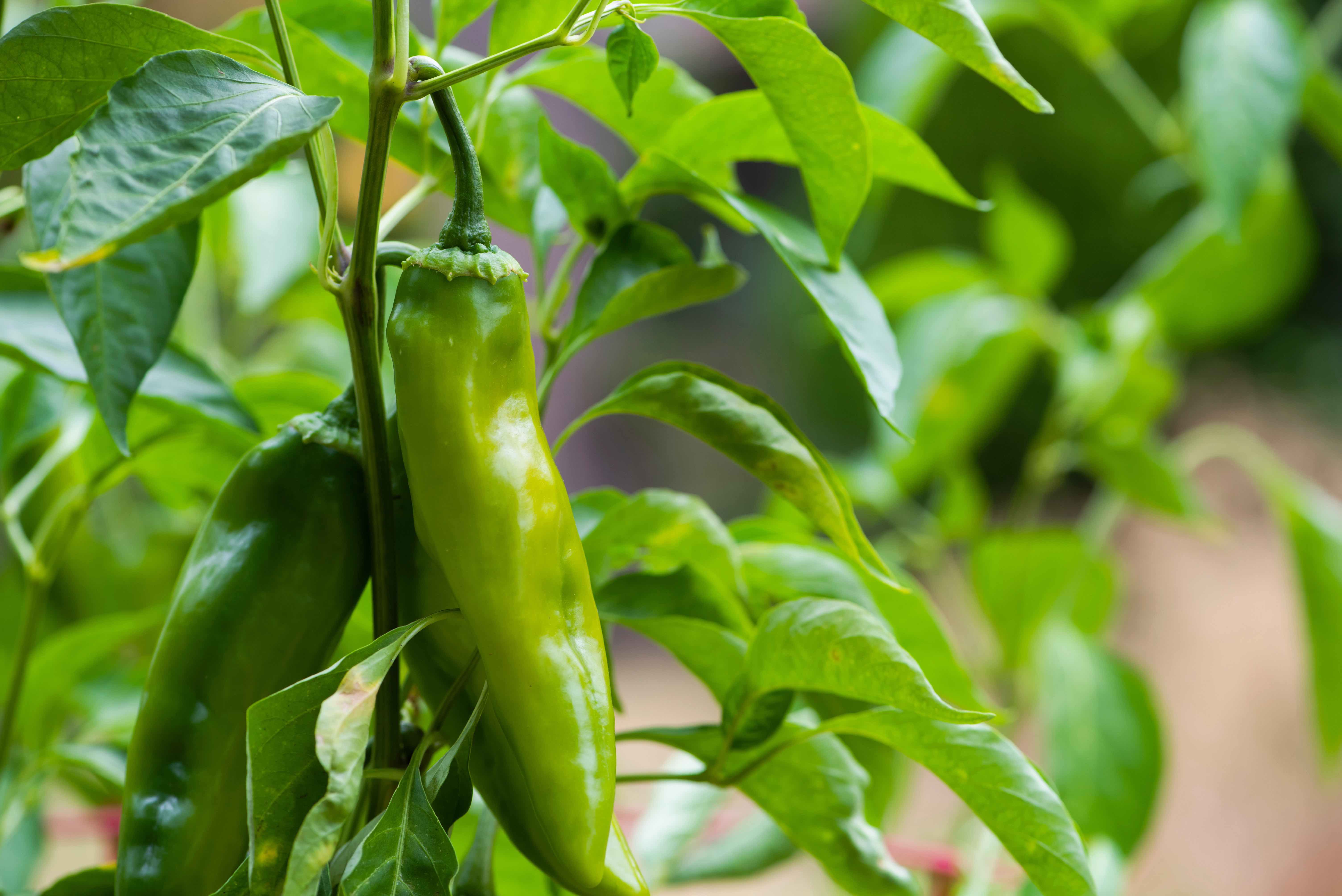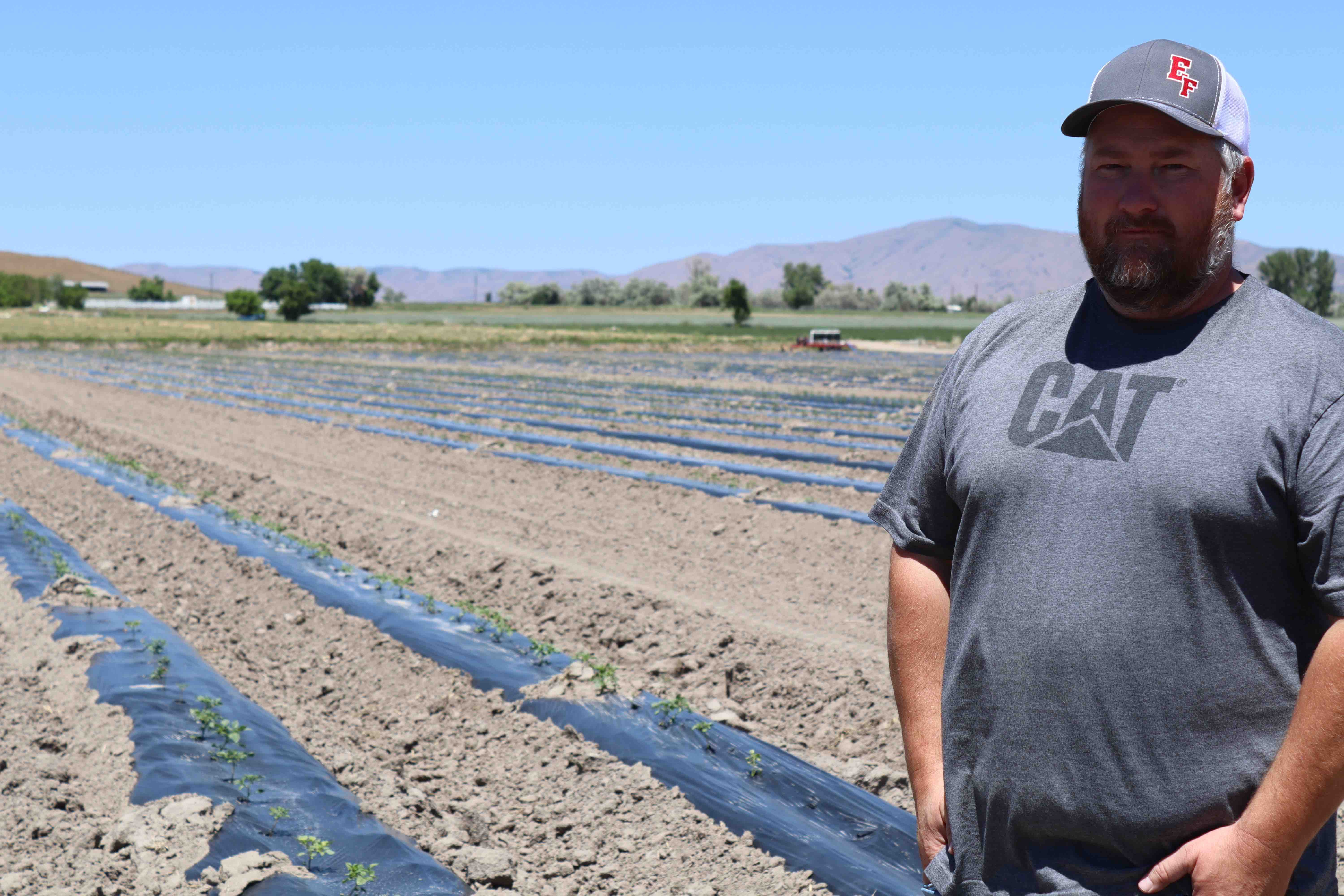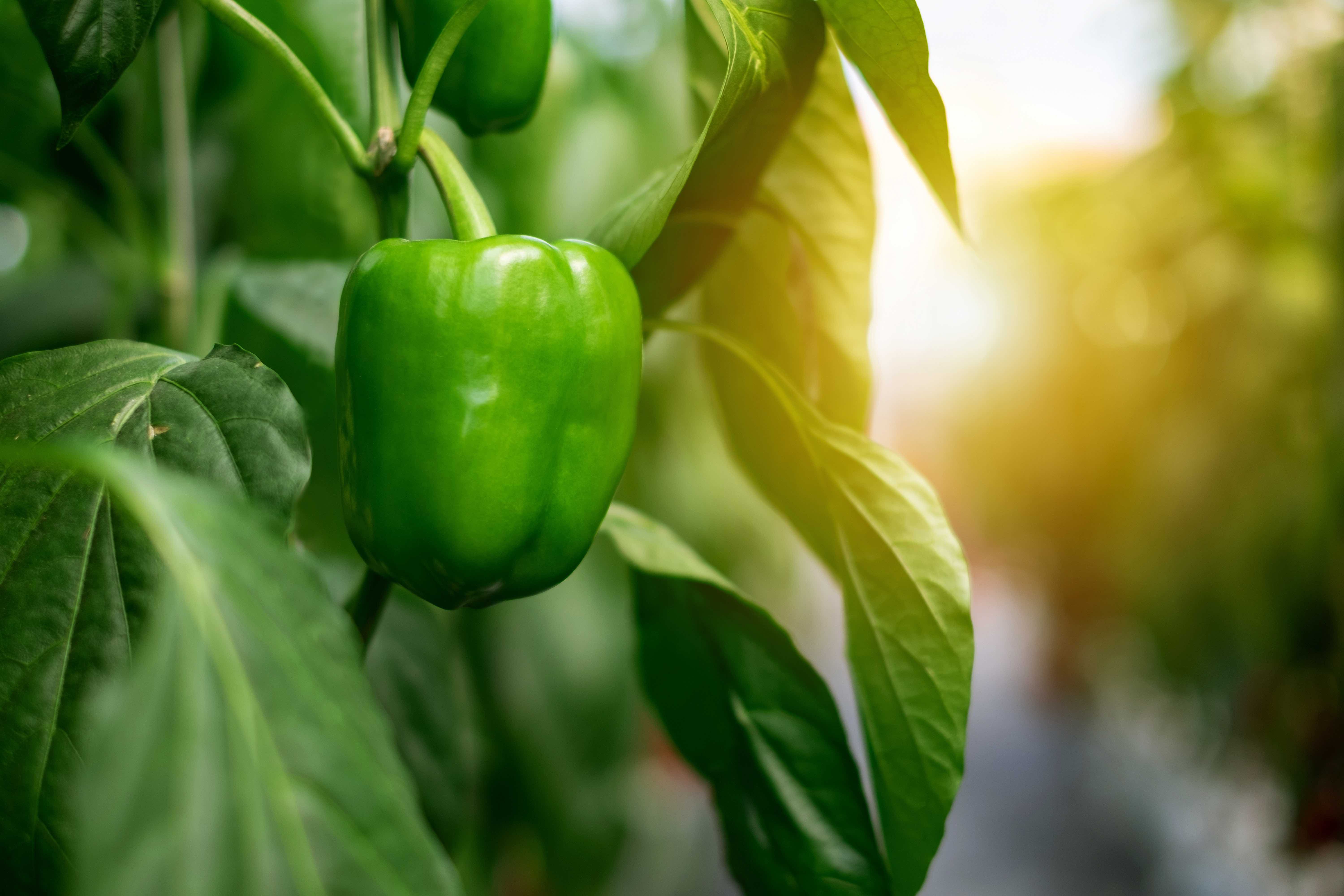Utah Farmer Helps Bring Spice in the Summer, Flavor in the Fall
Author
Published
9/1/2022
The names alone should tell you that you’re in for a wild ride – banana wax, Piri Piri, Kambuzi, or habanero. And that hasn’t even approached the wildest bunch of the group – Naga, Trinidad Scorpion Butch T, Scotch Bonnet, or Carolina Reaper.
Yes, we’re talking about peppers; that member of the nightshade family whose compound known as Capsaicin is responsible for producing intensity of flavor and heat. But as anyone that savors spice will tell you, not all peppers are created equal. There are many other peppers grown in Utah that fall more on the side of flavor, than they do scorching heat – and the Beehive state is particularly good at growing them.
Originating from Bolivia and first cultivated in Mexico, peppers spread throughout the world thanks to explorers (like Christopher Columbus) and trading companies that were originally looking for black pepper, and they remain one of the oldest cultivated crops in the world.

Peppers are typically categorized by the fruit the plants produce – either sweet (banana, bell, pimento, etc.), hot (Anaheim, Jalapeno, Hungarian Yellow Wax, etc.), or specialty (Prairie Fire, Riot, or Paprika Supreme).
Their heat is rated according to the Scoville Heat Units, which is a scale that ranks the concentration of capsaicinoids. The peppers can range from the bell pepper (0 SHU) to moderate heat of Jalapenos (3,500 SHUs), all the way to Habaneros, which can range from 100,000 SHUs all the way to 350,000 SHUs. One Carolina Reaper pepper is believed to have a confirmed SHU of more than 2.2 million. It has been described as having “an initial bite being sweet, and then immediately turning to molten lava.”
Most peppers grow well in Utah, are generally pest-resistant, and tolerate hot temperatures, but aspiring growers will want to make sure they plant peppers in well-draining soils. For more details on growing, consult with someone from Utah State University (USU) Extension or another local gardening expert.
East has been growing produce since he was a little boy, with his parents dropping him off in the morning, and picking him up at night, after helping work on his grandpa’s 15 acres of vegetables in Bountiful. Starting at age nine, Jeremy would help grow, and then sell peas, beets, and carrots at a farm stand. But it wasn’t until Jeremy was in the 8th grade that he learned people could farm full-time for their living.

“Once I heard that, I knew I wanted to be a farmer,” East said.
Since that time, Jeremy has operated East Farms, which was based out of Davis County until recently. The land Jeremy would lease from was recently sold, prompting East Farms to move to new ground in Box Elder County. But his commitment to quality food – and food safety – remains paramount.
East was one of the first farmers to sign up under a food safety and quality control program initiated by food retailers known as Global GAP, which stands for Good Agricultural Practices. While not a law or federal regulation, being GAP certified is often required by food companies or restaurants for them to purchase food from a farm.
“Being GAP certified hasn’t really changed much in how we grow the produce on our farm, as we were doing many of these things anyway,” East said. “But it does help me be organized and keep good records, and provides peace of mind in knowing things are in order.”
As East has grown his business, he has developed a reputation for quality produce. This contributes to reliable customers at farmers markets and farmstands in northern Utah, as well as Community Supported Agriculture programs (often known as CSA’s), in which customers purchase a ‘share’ of what a farmer or co-op provides each week. In addition to local sales, East’s carrots, green beans, beets, and varieties of squash are shipped as far as Los Angeles and other western cities.
East admits to a little pride in seeing his products featured in local restaurants, such as Market Street Grill and Café Rio.
“It is a cool feeling to have your food featured in restaurants you go to,” East said. “But also kind of funny to think that I’m not paying to eat something I grew in the first place.”
This is the Place for Peppers
In addition to his other produce, East has a great reputation for growing great peppers, though he gives much of the credit to the Utah soils they’re grown in.
“We have lots of calcium in our soil, which is good for peppers – especially bell peppers — because it makes the walls of the peppers a lot thicker. So, you get more meat per pepper. That makes a big difference when you’re chopping peppers to use in salsa or at a restaurant,” East said.

While Jeremy doesn’t grow the hottest peppers (like Ghost Peppers, etc.), those are available from other specialty growers in Utah. East Farms currently grows Bell, Jalapeno, Serrano, Altiplano, Pasilla, Habanero, Anaheim, and colored bell peppers. In addition to restaurants and markets, East sells roasting peppers to Associated Foods and Smith’s in the early fall season.
Once the early fall season ends and frosts begin to set in, East will wrap up the season with more squash and pumpkins.
Future of Farming
Having developed his love of farming by working with his grandpa, East is quick to bring on his own family to help on the farm. Working with his daughter (Maddie), son (Colton), and wife (Shay), Jeremy wonders about them taking over the farm.
“It’s cool to think about them taking over, but also hard. I don’t know that I could work anywhere else. I’ve hated the other jobs I’ve had – just can’t stand being in an office,” Jeremy said. “I love seeing the progress of working on the farm every year, pushing myself to get better every year. I’ve taken time off before, but after about three days off, I begin looking through seed catalogs again!”
That desire to see things grow and progress is a trait East shares with many other farmers. Just take a few minutes the next time you’re at a farmers market or farmstand and you’ll see why their passion burns hot – just maybe not quite as hot as some of the peppers.
Want more news on this topic? Farm Bureau members may subscribe for a free email news service, featuring the farm and rural topics that interest them most!
